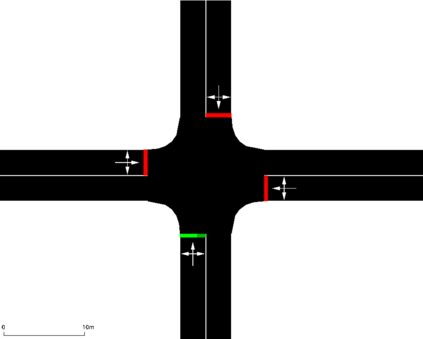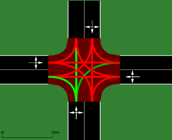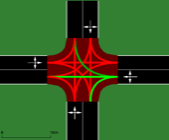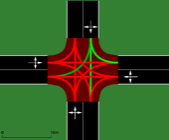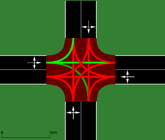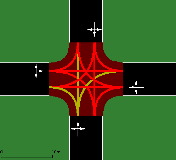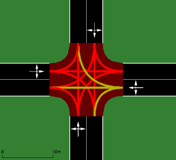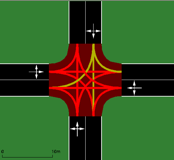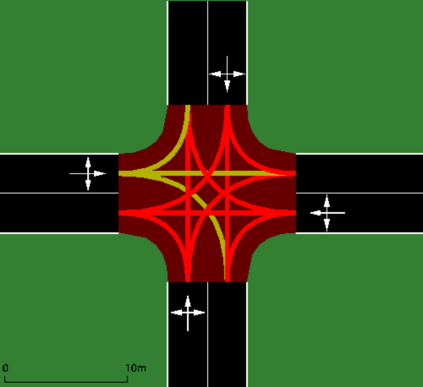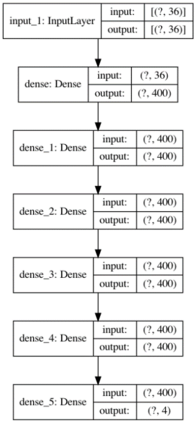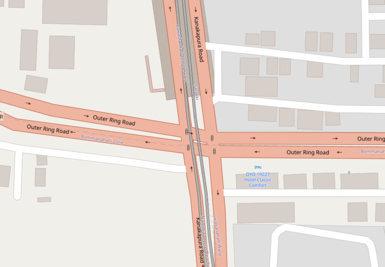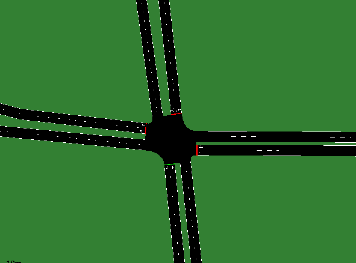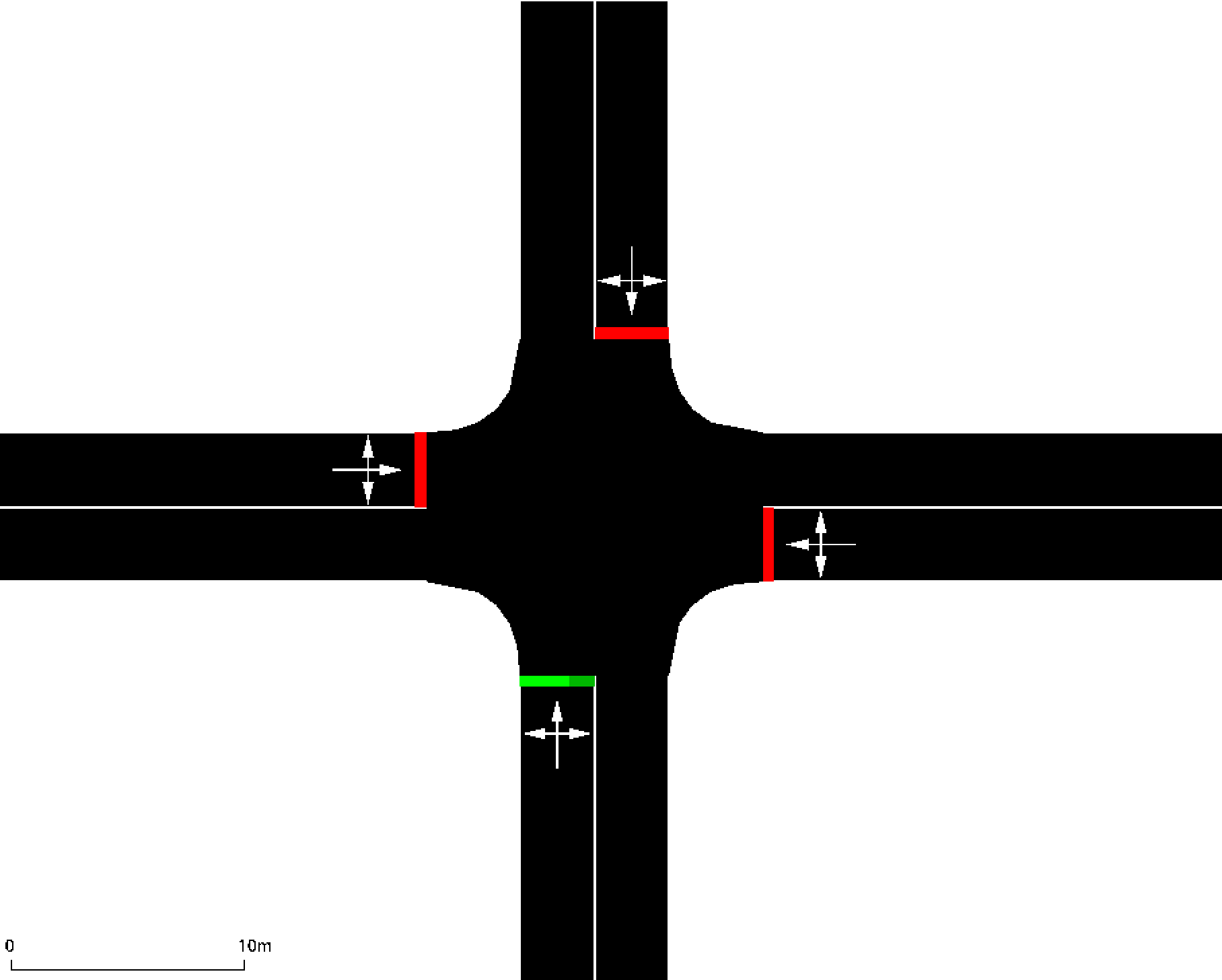In this paper, methods have been explored to effectively optimise traffic signal control to minimise waiting times and queue lengths, thereby increasing traffic flow. The traffic intersection was first defined as a Markov Decision Process, and a state representation, actions and rewards were chosen. Simulation of Urban MObility (SUMO) was used to simulate an intersection and then compare a Round Robin Scheduler, a Feedback Control mechanism and two Reinforcement Learning techniques - Deep Q Network (DQN) and Advantage Actor-Critic (A2C), as the policy for the traffic signal in the simulation under different scenarios. Finally, the methods were tested on a simulation of a real-world intersection in Bengaluru, India.
翻译:本文探讨了如何有效地优化交通信号控制以尽量减少等候时间和排队长度,从而增加交通流量。交通十字路口最初被定义为Markov决策程序,并选择了州代表、行动和奖励。城市移动模拟(SUMO)用来模拟交叉点,然后比较轮盘罗宾调度器、反馈控制机制和两种强化学习技术――深Q网络(DQN)和高级行为者-批评(A2C),作为模拟中不同情景下交通信号的政策。最后,这些方法在模拟印度孟加拉邦的现实世界交叉点时进行了测试。

